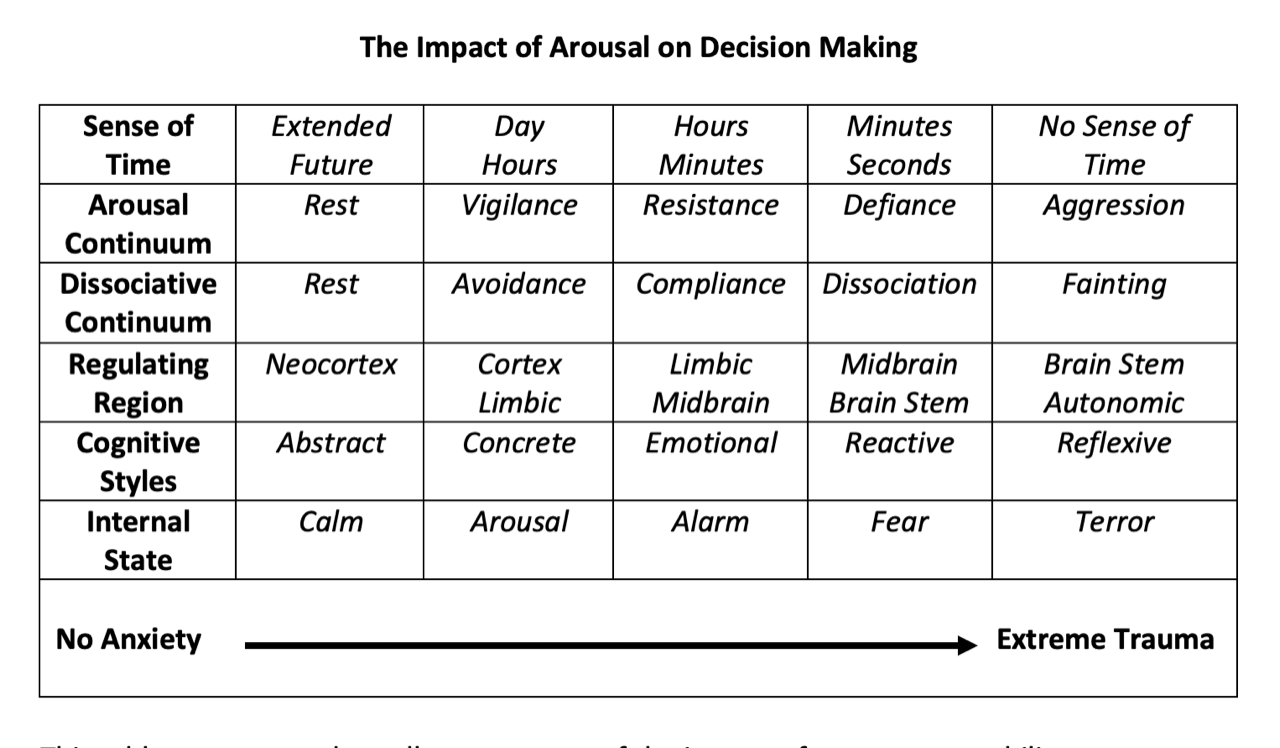Dealing With Students' Anxiety
As schools return to full time attendance teachers should be aware that the prevalence of anxiety amongst their students will be elevated. We have dealt with anxiety previously (see Newsletter – Anxiety – 24 July 2017) however in this essay the focus will be on the effect anxiety has on the level of concentration.
Anxiety is that lingering apprehension or almost chronic sense of worry about particular things or even life in general. Professionals would diagnose someone as having clinical, generalized anxiety if they displayed three or more of the following over a six-month period:
- Restlessness
- Fatigue
- Concentration Problems
- Irritability
- Muscle Tension
- Sleep Disorders
In general, anxiety is described in three ways; panic attacks, social anxiety and generalised anxiety. We will focus on concentration which will be the product of their generalised anxiety.
In a recent article in the Conversation, 18 October, 2021 Elizabeth J Edwards from the University of Queensland reported that one in seven Australians are currently experiencing anxiety. The prevalence of anxiety among children is 6.1% of girls and 7.6% of boys. These statistics were before the COVID pandemic and if research reported in the Journal of Medical Association can be applied to our population then it has doubled.
Throughout these essays the impact of stress on our cognitive functions is at the heart of our approach to improving the learning outcomes (see Newsletters - Generating Stress – 20 July 2020 and The Complexity of Stress - 27 July 2020). It must be remembered that stress is just a response to our personal level of homeostatic equilibrium, that is how our needs are being met. In our everyday life we experience a continuous variation in these levels of stress depending on how our needs are satisfied by our immediate environment.
We have already pointed out that we need children to be suitably stressed to be motivated learn, and that there is an optimum level of anxiety that will have the child perform to their potential. Too little stress, they will not engage, too much and they will not take advantage of their cognitive resources (see The Complexity of Stress - referenced above). This is the focus of this essay. As you move along the level of arousal you go from low levels of anxiety up to extreme levels which result in trauma. The results of these levels of arousal come from the work of Bruce Perry, a professor of psychiatry at the Feinberg School of Medicine in Chicago are summarised in the graph below.

This graph shows how as we increase the level of arousal different parts of the brain dominate the thinking process and result in the behaviours associated with these processes. This is not to say no learning takes place when we are in an elevated condition. We use all our brain all the time it’s just a matter of where it is focused.
The following diagram shows how the capacity for high order thinking, the process of academic learning is influenced on our levels of stress and these levels are controlled by our security in our immediate environment.

The table below presents and excellent summary of the impact of stress on our ability to participate in meaningful education. Examining the bottom row shows as we increase of level of anxiety we move from being calm through the various stages of arousal to the level of terror. The next two rows above this show the impact on our cognitive organisation with the focus moving away from the neocortex, the part of the brain used for working memory, to lower parts of the brain. Eventually this means predominately using the autonomic section of the brain where all responses are reflexive.
The top row is important because to be truly motivated to learn we have to delay the gratification of that knowledge into the future. This really only occurs when we are calm and have access to these areas of the brain that create such memories, the limbic system and the neocortex.

This Newsletter puts reason to what we know to be true, school-based learning takes place when each child is calm and relaxed. This is why the management of classroom dysfunctional behaviours is so important. Whenever such behaviours exist the learning capacity is reduced proportionately to the level of stress that behaviour produces in the offending student, their classmates and the teacher.